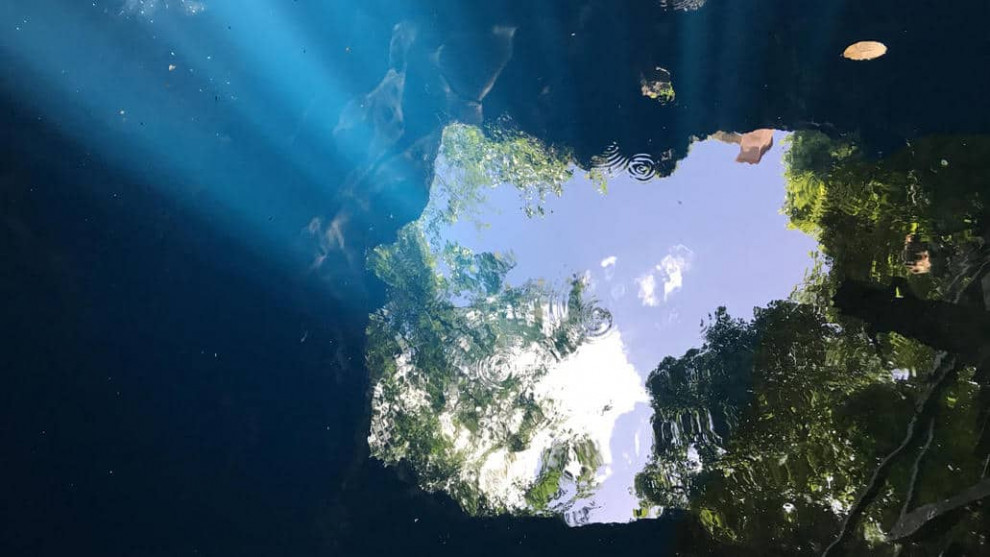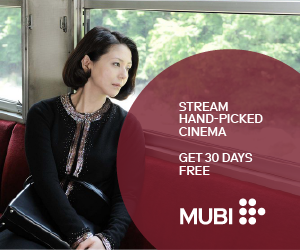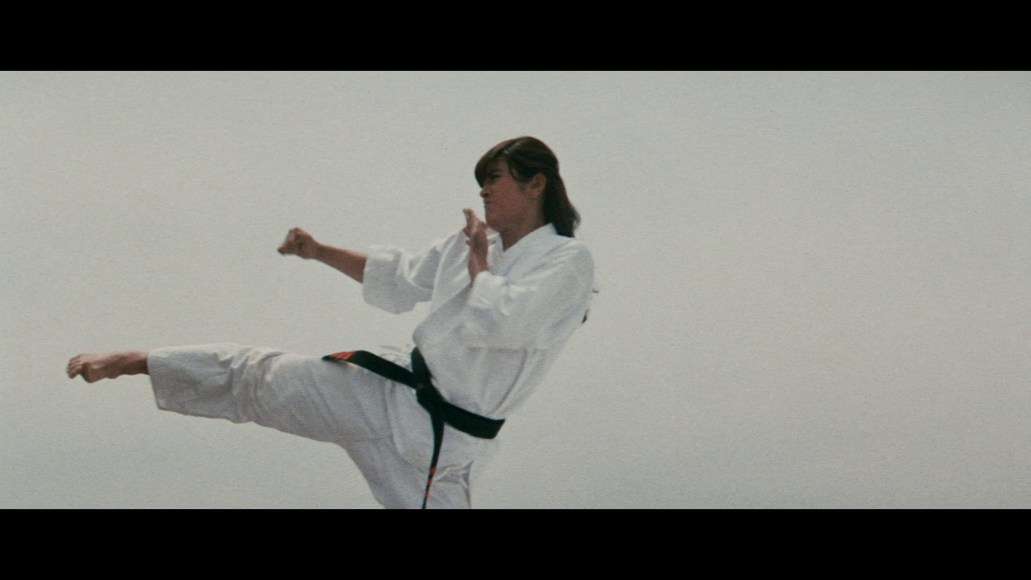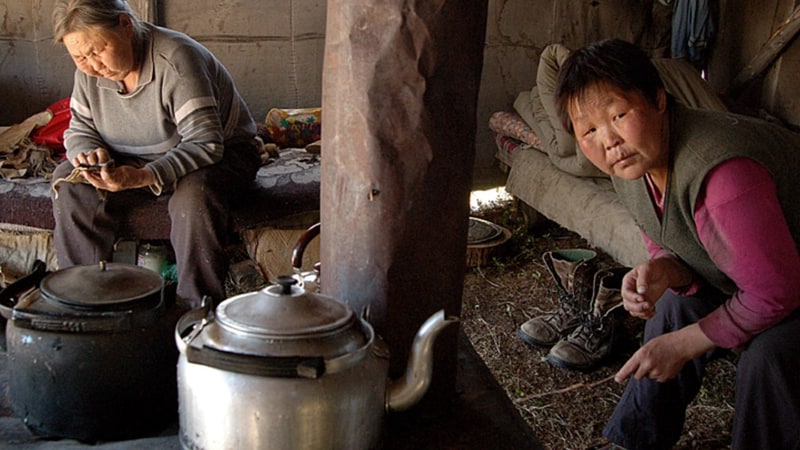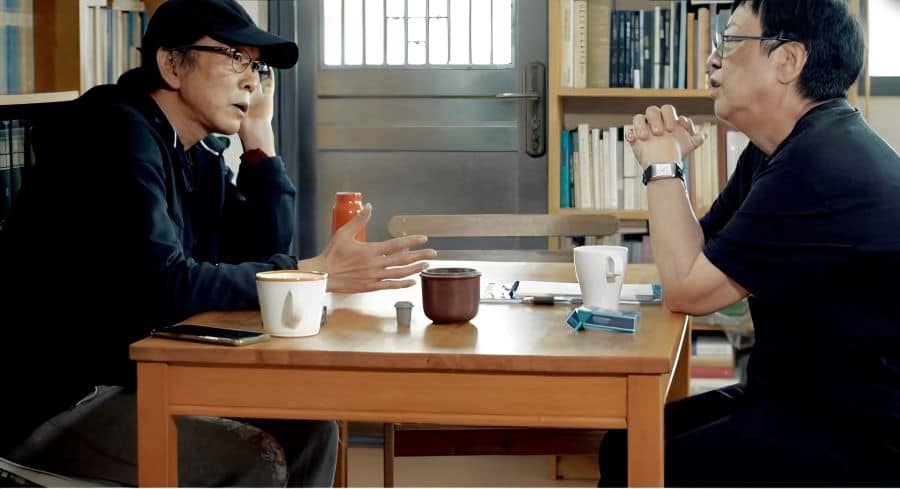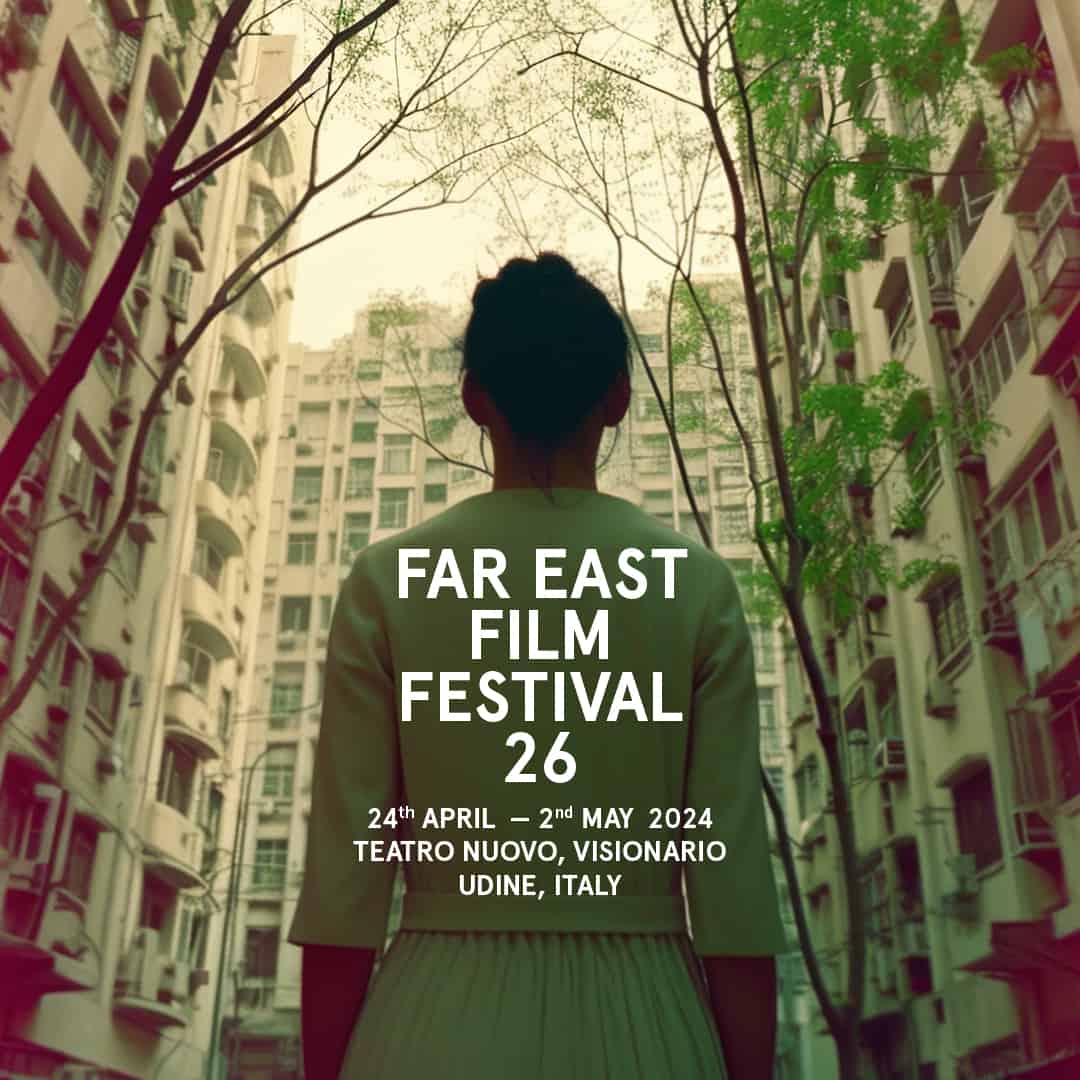A cenote is a natural pit, or sinkhole, resulting from the collapse of limestone bedrock that exposes groundwater underneath. Especially associated with the Yucatán Peninsula of Mexico, cenotes were sometimes used by the ancient Mayas for ritual, sacrificial offerings. At the same time, they constituted the sole water source for Mayans not living near a river or lake. Kaori Oda directs a documentary that highlights this duality through a rather experimental approach that focuses on both the cenote and the people living around them.
“Cenote” is streaming on MUBI
In that fashion, the documentary starts with Oda swimming and shooting underneath the surface of the water of a cenote, with the result being disorienting, but at the same time very beautiful, particularly due to the reflections of the light that create a number of captivating frames. These kinds of shots carry on for the whole duration of the documentary, but are combined with a number of different kinds of recordings. Most of those focus on people talking about the legends and the stories revolving around cenote, with an alarmingly large number of them mentioning people disappearing inside them. This can be explained by the fact that the water inside these holes can suddenly raise even for tens of meters, trapping people inside, particularly when there is a storm, but the number of stories is still disheartening.
Furthermore, the documentary includes various celebrations and rituals that include footages from people dancing to the slaughtering of pigs, along with close-up portraits of people from the area. Oda used a Super-8 camera to shoot those, and the result is very interesting, since these shots have a rather retro look, that makes them seem as if they are from a TV documentary from the 80s.
At the same time, the bubbling water soundscape, the whispering of various people and the chants, all of which are heard through the underwater shots, give a rather ritualistic essence to the film, which works quite well for its atmosphere.
Lastly, the few, “simple” images of the actual cenote highlight their form and size, and result in a number of very impressive images.
Evidently, “Cenote” is a difficult film to watch, for both its rather experimental approach and its duration, which exceeds 70 minutes. However, there is also much artistry and beauty here, while the fact that cenotes are not exactly frequenting films as a theme, adds another reason for someone to watch the film.


